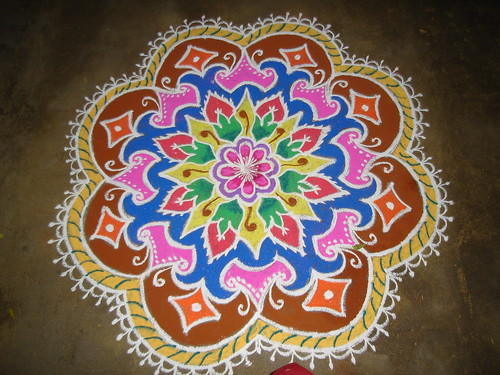Assalammualaikum.
For my last entry, I would like to
focus on indigenous Iban dance. Before that, I would like to give few information
on Iban tribe. Ibans are located in Sarawak who is formerly known during the
colonial period by the British as Sea Dayaks. They practicing headhunting and
tribal expension and had a fearsome reputation as a strong and successful tribe
in ancient times.
Ngajat dance
Iban dance is known as ngajat
dance. The traditional dance is believed to have been performed by warriors on their
return from battles since the 16th Century. The main festival for
the Ibans is Gawai Dayak. Other festivals include the bird festival Gawai
Burong and the spirit festival Gawai Antu. The male dancers will wear large
feathers as part of their headgear, hold an ornate and long shield in their
hand with chains, beads and a loincloth called ‘cawat’. While the female
dancers have an elaborate headdress, chains, beads and a dress that reaches to
below their knees with intricate weaving.
male dancer
the Ngajat dancers
This dance is now performed to
celebrate the most important harvest festival called Gawai to welcome important
guests to the longhouses. The Ibans who were traditionally animist, now the majorities
of them are Christian. For the majority of Ibans who are Christians, some
Christian festivals such as Christmas and Easter are also celebrated. Despite the
difference in faiths, Ibans of different faiths do help each other during Gawai
and Christmas celebrations. The differences in faith is never a problem in the
Iban community.
.jpg)








